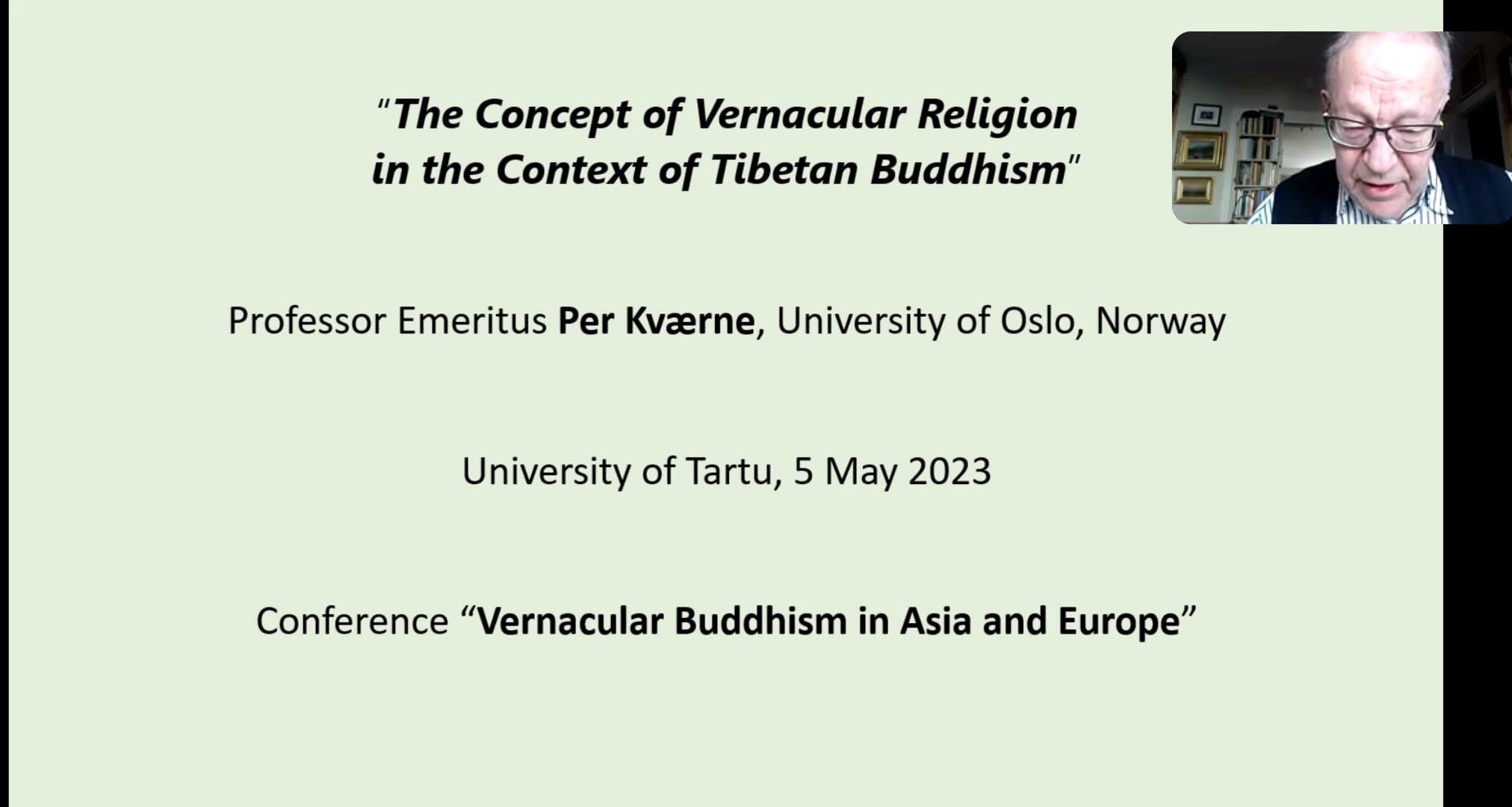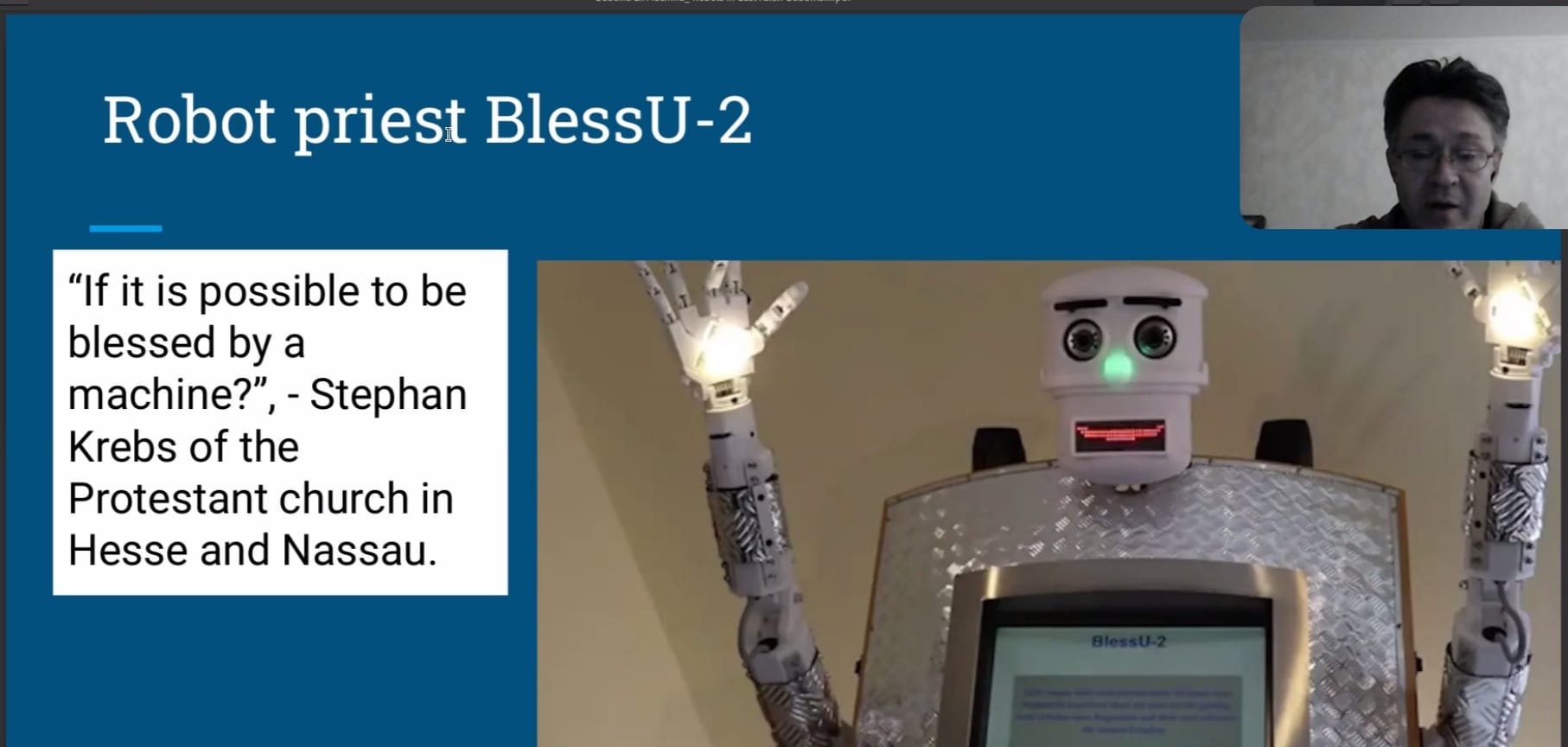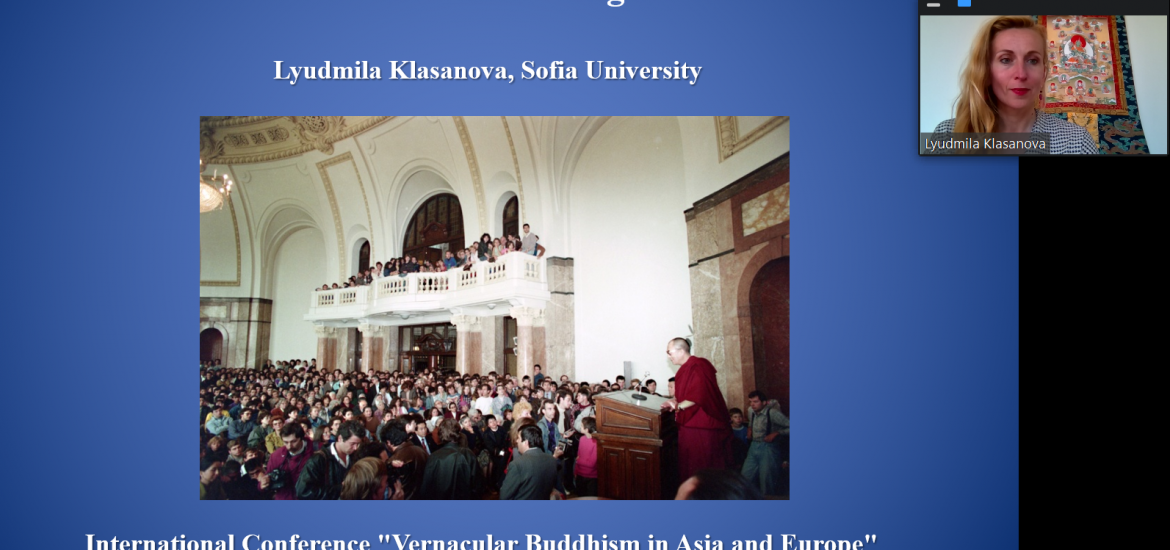From 4–6 May, the University of Tartu in Estonia hosted a conference focusing on the “local” in Eurasia: this naturally includes a variety of approaches, including but not limited to textual, structural, cultural, ritual, and social perspectives. “Vernacular Buddhism in Asia and Europe” was organized by several groups, with the main one being the Institute of Cultural Research at the University of Tartu. Partners included Fo Guang University, the University of Bern, the École pratique des hautes études, Vilnius University, and the Estonian Oriental Society.
While Western European countries such as The Netherlands, Austria, and Italy have reputable centers for Buddhist Studies, countries in Northern Europe should not be overlooked; Tallinn, in particular, has a strong tradition of being a hub for Buddhist Studies specialists and academics around the world. Its proximity to institutions like the University of Oslo in Norway and the University of Warsaw in Poland make it an ideal academic environment for the pioneering ideas and intellectual currents in Buddhist Studies.

This was an ambitious 3-day conference that was held in a hybrid manner with both online and in-person speakers and attendants. The keynote lectures were delivered by veteran specialists in Buddhist anthropology, one of them being Prof. Per Kværne (University of Oslo, Norway), who gave an online lecture on Day 2 about “The Concept of Vernacular Religion in the Context of Tibetan Buddhism.” On Day 1, Rustam Sabirov (Moscow State University, RF) gave an online lecture about “Buddha Ex Machina: Robots in East Asian Buddhism,” a unique discussion on the techno-sociological phenomenon of robots taking up basic religious duties in countries like Japan and China.
Day 1 also featured an Asian-themed ensemble performance with Leho Rubis(bansuri, an Indian bamboo flute), Liina Vainumetsa(tanpuri, an Indian drone instrument), and Roland Suits(shakuhachi, a Japanese bamboo flute).

Other speeches that I found quite interesting were: Dr. Märt Läänemets’ (Estonian Academy of Security Sciences, former Head of Centre for Oriental Studies, of the University of Tartu) lecture on “Scholarly Buddhism and Vernacular Buddhism in Estonia and Beyond” on Day 3 and independent scholar Jane Orton’s “Refuge in the Horn of a Yak: Wild Ungulates and Protector Deities of the Northwest Himalayas” on Day 1.

The panels and speeches ranged from textual studies of locally composed manuscripts to examinations of sociological and phenomenological studies of contemporary issues in Buddhist countries – for example, Nattaporn Kaimook, Onusa Suwanpratest (Naresuan University, Thailand) gave a speech about “The Divergence of Buddhist Tourism in Contemporary Thai Society: A Case Study of Wat Phra Si Rattana Mahathat Woramahawihan, Phitsanulok Province, Thailand” on Day 2 or, closer to home (also on Day 2) Tibetan musician and singer Drukmo Gyal (who went under her Chinese name of Zhou Maojia as a scholar from Tallinn University) gave a lecture on “Practising Sowa Rigpa and Buddhist Ethics in the Estonian Healthcare Landscape.”
Our own East Europe correspondent, Lyudmila Klasanova, under her affiliation with Sofia University, gave a lecture over Zoom titled: “Emergence and Development of Buddhist Communities in Bulgaria.” She highlighted primarily the growth of Vajrayana schools in Bulgaria, which shares a longstanding relationship with the Tibetan tradition.

At the conclusion of the symposium, the attendees and speakers wrapped up a most successful meeting with deliberations for a cultural program to build on the progress made. Options explored included excursions in Tartu and seeing the sights of this historic city over a group trip, or a day trip to religious sites in South Estonia. There are many more opportunities for further growth in institutional collaboration at the University of Tartu, and this conference’s rich content and diverse participants helped to lay the foundation.


